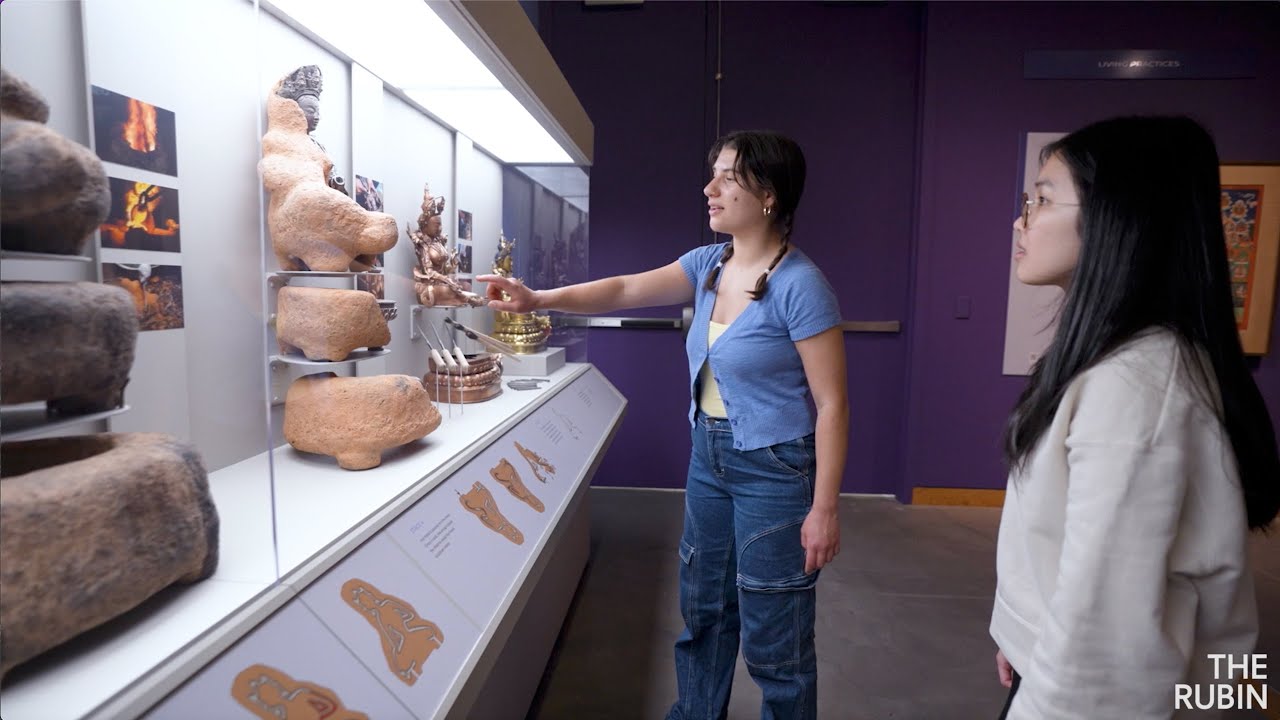
Project Introduction

The Rubin Museum of Art is honored to present Project Himalayan Art to teachers, students, and anyone interested in Himalayan art and cultures, as well as those fascinated by the art and cultures of Asia more broadly.
Project Himalayan Art is an ambitious three-part initiative—digital platform, publication, and traveling exhibition—which aims to encourage the widespread incorporation of Tibetan, Himalayan, and Inner Asian art and cultures into liberal arts curricula. It seeks to remedy the underrepresentation of Himalayan art, due in large part to the lack of introductory resources for teaching. We’ve worked with specialists to create content for teaching on Asia across a wide range of disciplines, including history, religion, art, anthropology, and more. Our goal is to emphasize cultural connectivity and exchange, demonstrating that these connected traditions extend well beyond the Himalayan mountain range and even the Tibetan Plateau to play a significant role in Asia.
This accessible introduction traces the art and material culture of the Tibetan, Himalayan, and Inner Asian regions. The object-centered approach features essays from seventy-two international scholars who explore 108—an auspicious number—objects from international holdings and the Rubin Museum’s collection, along with sites, architectural monuments, and works in situ that illuminate cross-cultural exchange centered on Tibetan art and culture. These essays illuminate the connections and movement of things, people, traditions, ideas, and styles to and from Tibetan regions through paintings, sculptures, drawings, pilgrimage maps, sites, structures, ritual objects, textiles, and more, dating from Neolithic to contemporary times, and highlight a complex web of connections across time and space.
This digital platform offers source material on Himalayan art through digital components for the traveling exhibition, in-depth object explorations, online collection materials, and digital features such as an interactive map, hundreds of related objects, glossary, and videos of rituals and art-making technologies.
We recognize that the realities of choosing a focus on Tibet necessitates leaving out some things that could also be representative of the subject. Our hope is that over time this digital platform will allow for greater discussion of many more themes and topics, including contemporary art, cultural activism, colonialism, and issues of provenance, as well as highlight further intersections with other regions and religious traditions, enabling us to weave an even more interconnected fabric.
Many hands have helped shape this monumental project, and the best of ideas cannot take flight without generous supporters, including the individuals and institutions listed in the acknowledgements. Thank you all for sharing and supporting the vision of this project!
Our supporter list is in formation, and we are most grateful for our visionary supporters to date
Leadership support for Project Himalayan Art is provided by the Henry Luce Foundation.
Lead support is provided by the Ellen Bayard Weedon Foundation, Bob and Lois Baylis, Barbara Bowman, the E. Rhodes & Leona B. Carpenter Foundation, Fred Eychaner, Christopher J. Fussner, Matt and Ann Nimetz, and Shelley and Donald Rubin.
Major support is provided by Noah P. Dorsky, Mimi Gardner Gates, the Monimos Foundation, Rossi & Rossi, Eric and Alexandra Schoenberg, Eileen Caulfield Schwab, and Sandy Song Yan.
Special Support is provided by
Dr. Bibhakar Sunder Shakya, to honor the memory and legacy of Professor Dina Bangdel, art historian, curator, cultural activist, and educator from Nepal.
Samphe and Tenzin Lhalungpa, to honor the memory and works of L.P. Lhalungpa, Tibetan scholar, broadcaster, and educator.
This project is supported in part by the National Endowment for the Arts.
Project Himalayan Art has been made possible in part by a major grant from the National Endowment for the Humanities: Democracy demands wisdom.



